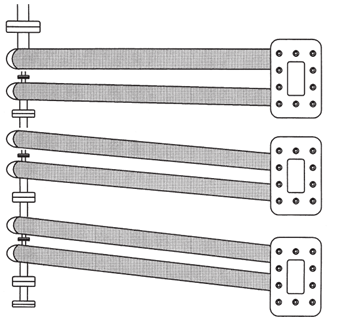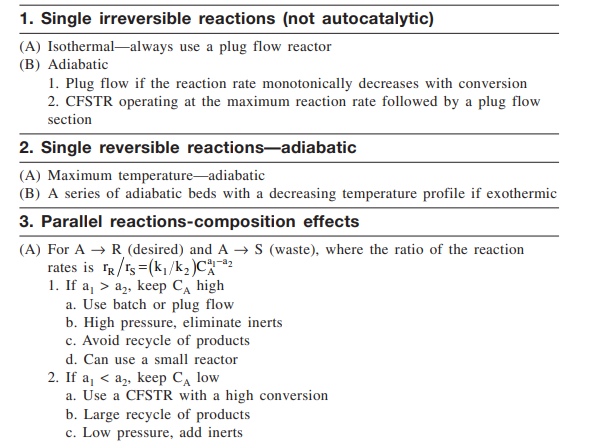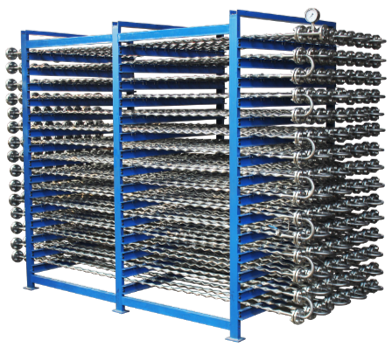
27 Nov 2023
This blog post deals with the topic of plug flow reactors. Although this is one of the very basic abstractions a chemical engineer makes to deal with continuous flow reactors, it is worth laying out the fundamentals.
A plug flow reactor (PFR), also known as a tubular reactor, is an idealization for a type of chemical reactor used in industrial processes, characterized by the movement of fluid through a pipe or tube with a cylindrical shape usually at a constant flow rate. In a PFR, the reactants enter one end of the reactor and are transformed into products as they flow, in a "plug-like" fashion, towards the outlet.
Key features of a (idealized) PFR include:
A typical practical PFR may look industrially like the image below (Ref.: The book on “Modelling of Chemical Kinetics and Reactor Design” by Coker):

To further quote verbatim from the book by Coker following are characteristics of a plug flow reactor.
“Plug flow is an idealized flow of fluids where all particles in a given cross-section have identical velocity and direction of motion. During plug flow, particles of different ages do not mingle and there is no backmixing. All particles that enter the reactor at the same time must leave simultaneously. The essential features of the plug flow reactor require that there be no longitudinal mixing of fluid elements as they move through the reactor and that all fluid elements take the same length of time to move from the reactor inlet to the outlet. The plug flow can be described as a piston flow model. This is because the reaction occurring within differentially thin slugs of fluid, fill the entire cross-section of the tube and is separated from one another by hypothetical pistons that prevent axial mixing. These plugs of material move as units through the reactor, with the assumption that the velocity profile is flat as the fluid traverses the tube diameter. Each plug of fluid is assumed to be uniform in temperature, composition, and pressure and thus can be assumed that radial mixing is infinitely rapid.”
From the point of view of process development PFRs have many advantages such as:
It is important to remember that PFRs cannot do “magic”. They will NOT fit all projects. One must carefully analyze the kinetics, residence time, and selectivity issues to decide what reactor fits a project best. Good reactor design and choice is still an art (in part) and years of experience make you better at making choices. Guidelines are available such as the excellent book by Douglas (1988) on Conceptual Design which provides the table below (only a small part is shown for illustration) for choosing the right reactor:

Note that these heuristics often recommend a Plug Flow Reactor. At Amar, we manufacture a huge range of PFRs in a variety of MOCs and can probably provide an off-the-shelf model for a large portion of your chemistry needs. For special situations, customization is always possible.

Consult our experts at Amar for more details on your specific projects.
Stand by for a follow-up blog post on the design equations and heuristics for choosing the right reactors for your chemistry needs. Please add your email to our mailing list to be notified of the next blog post.